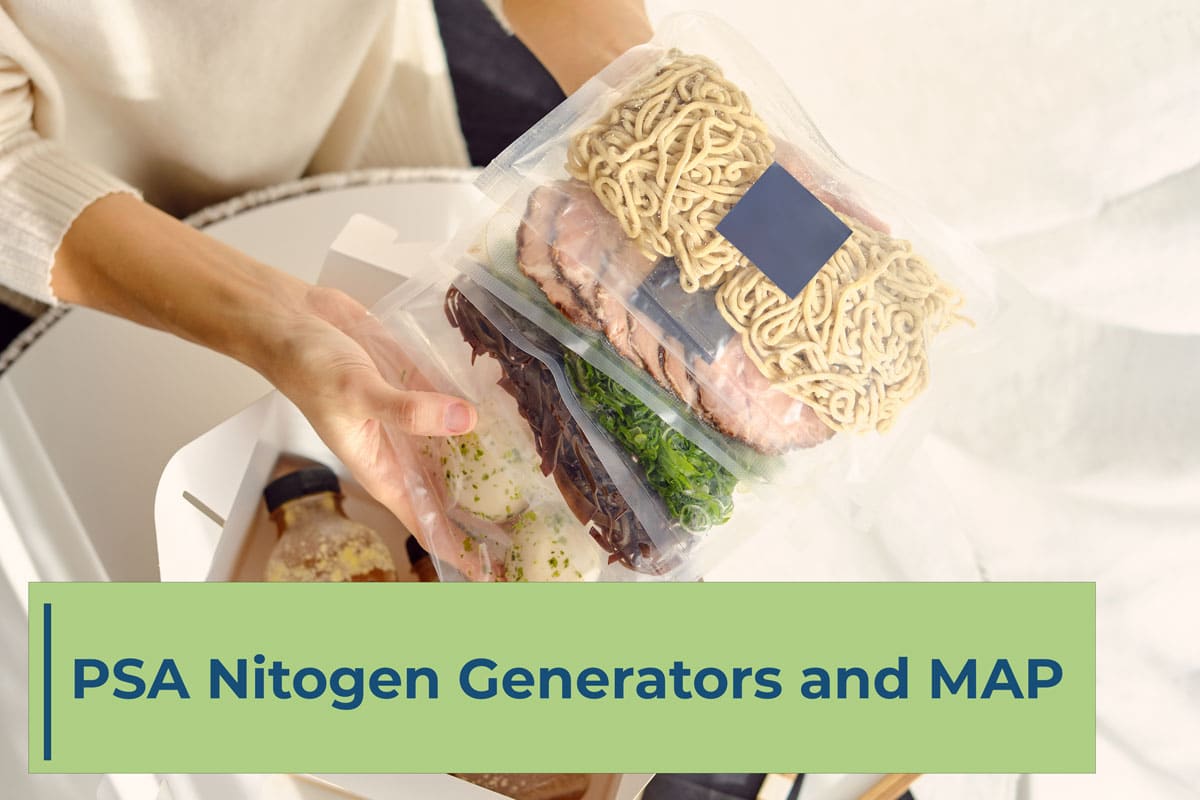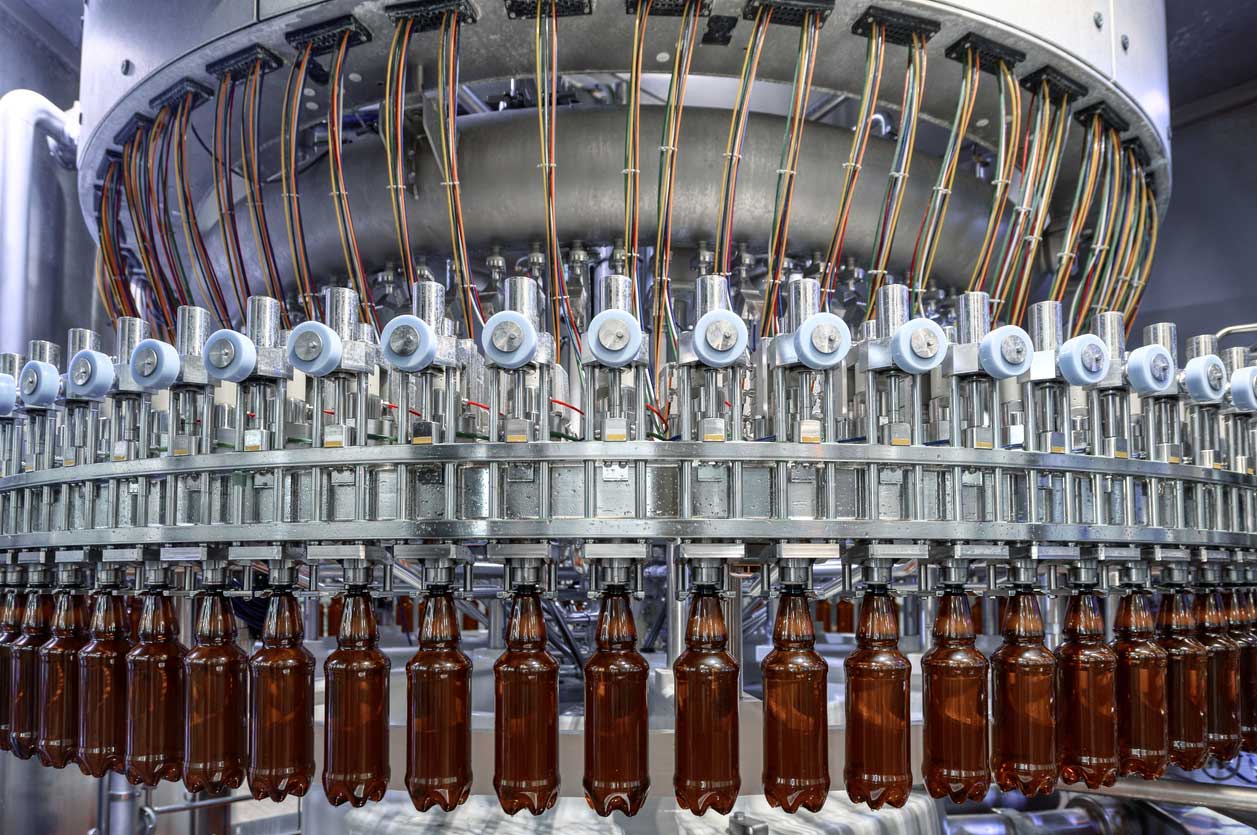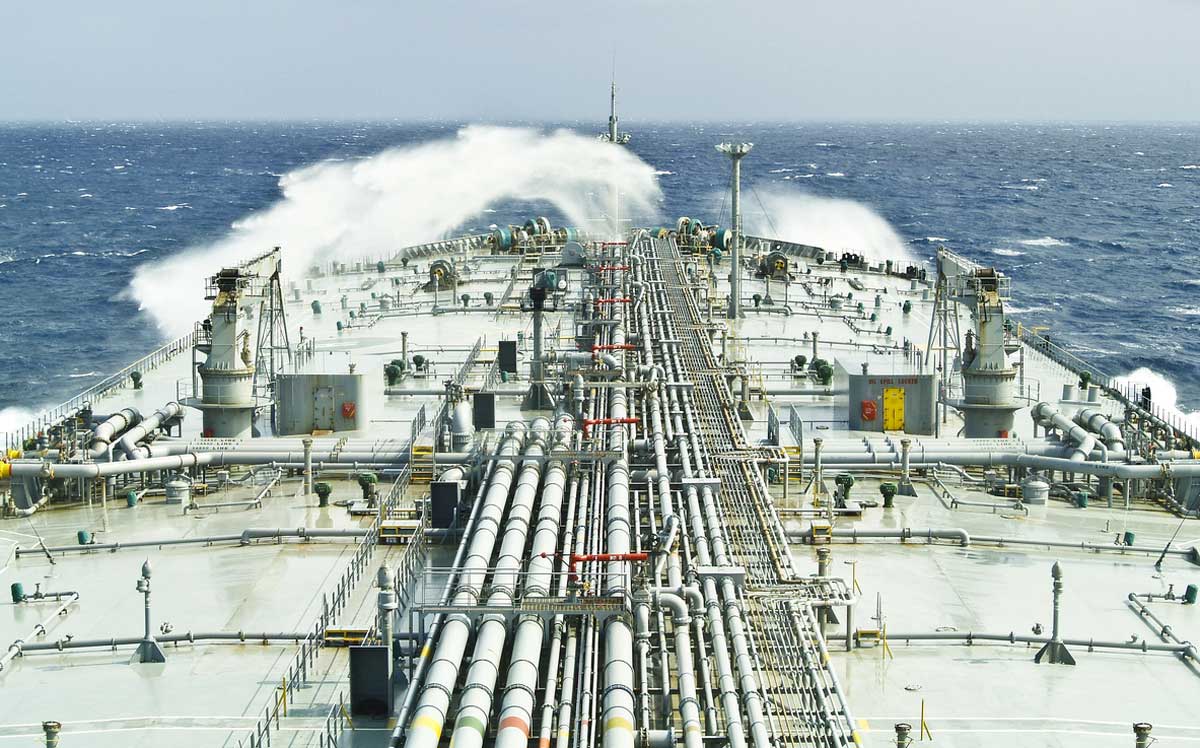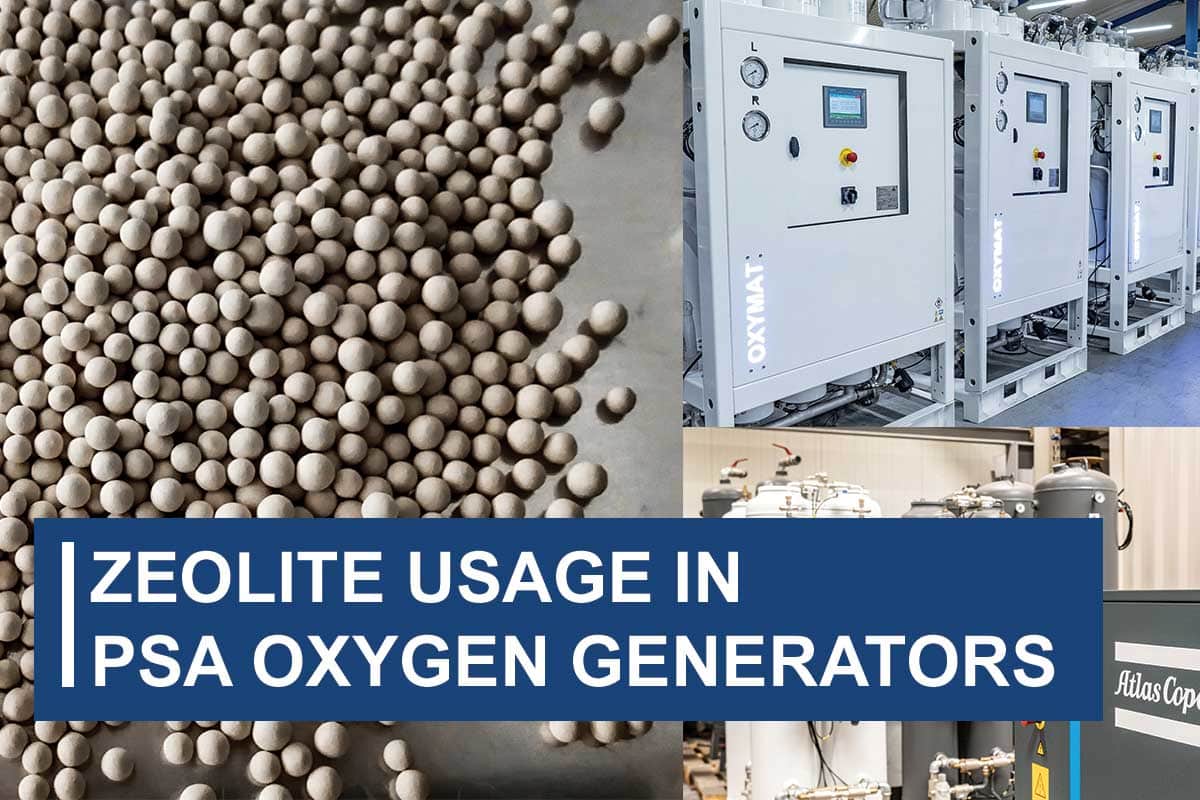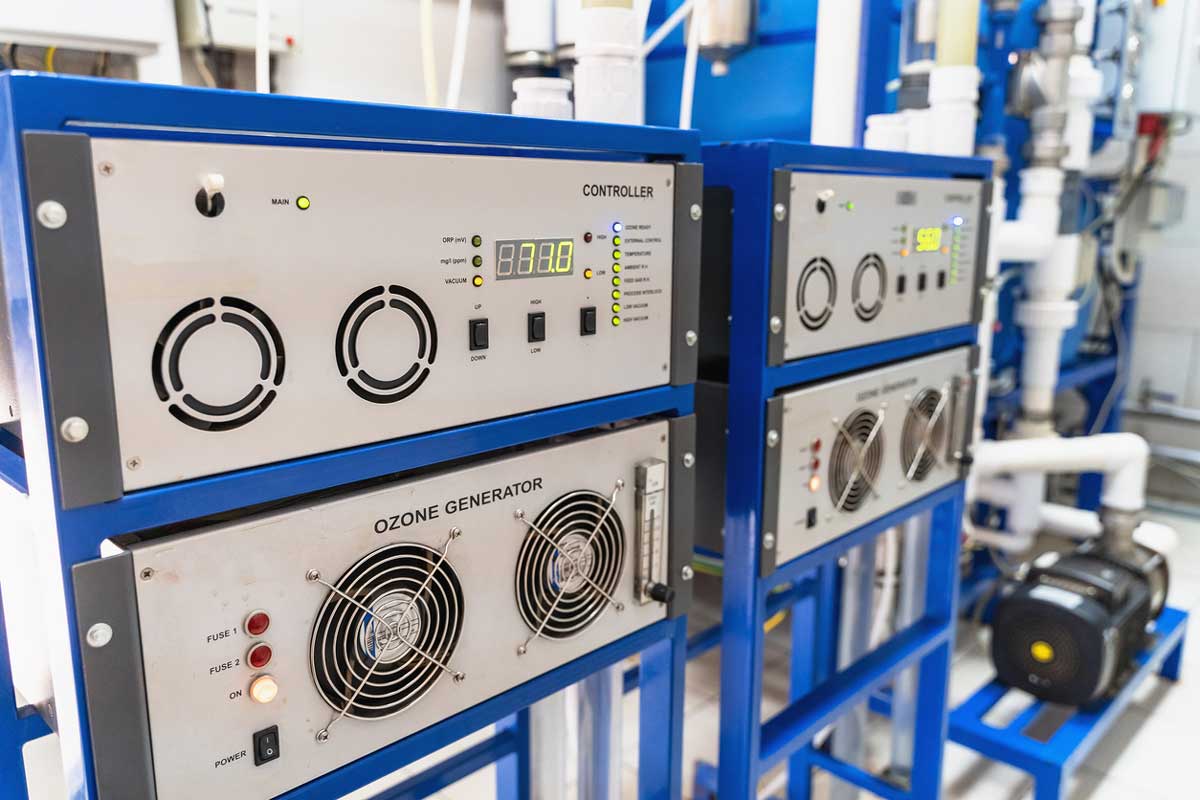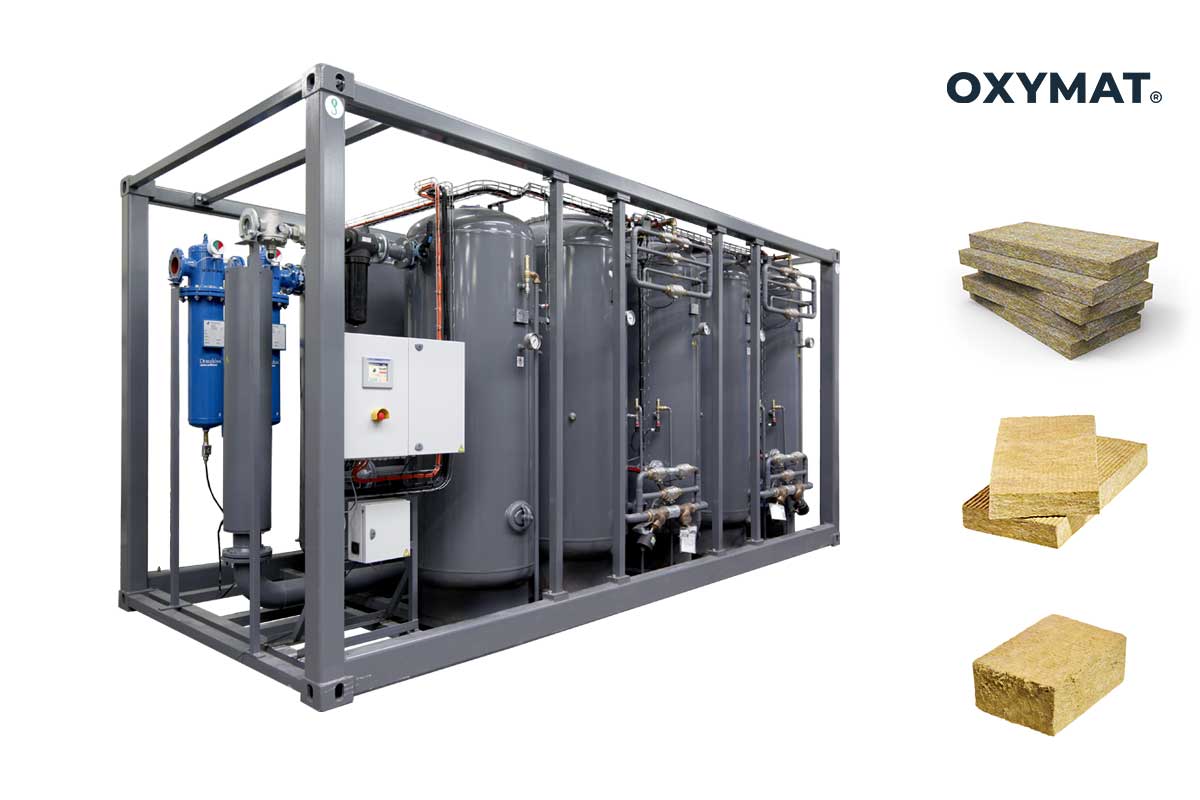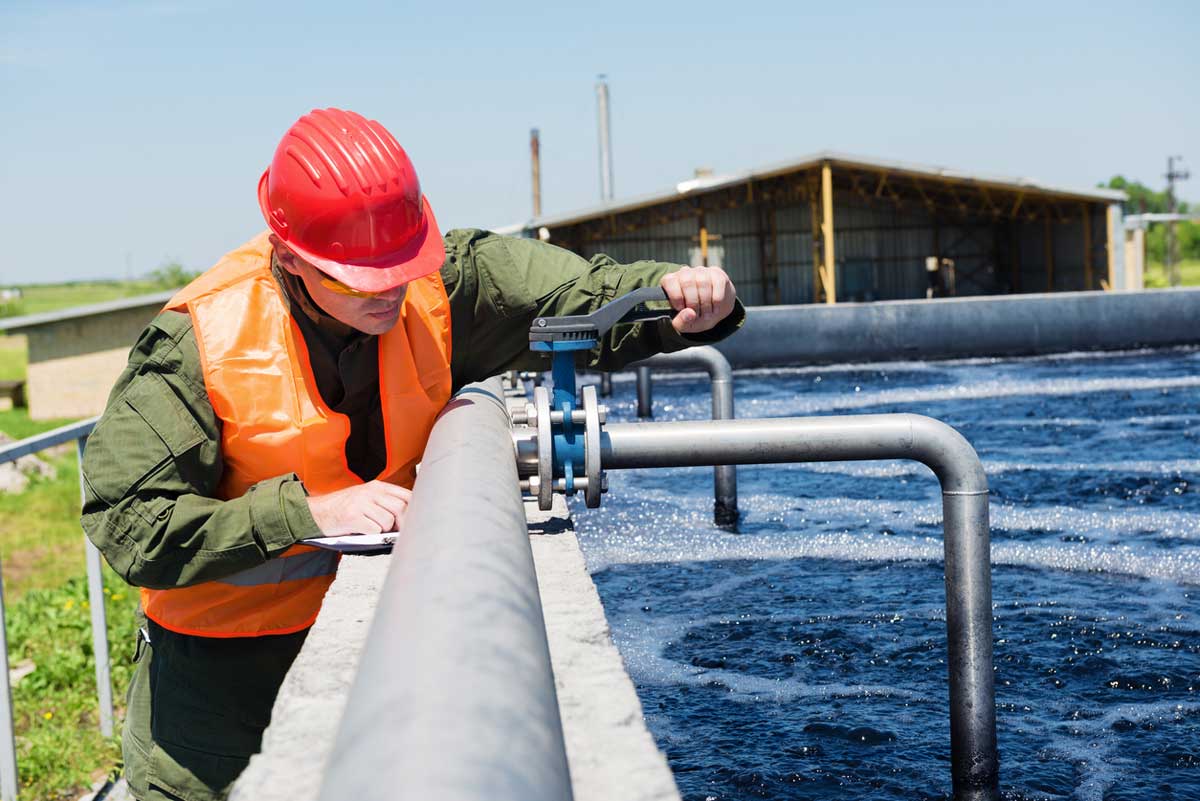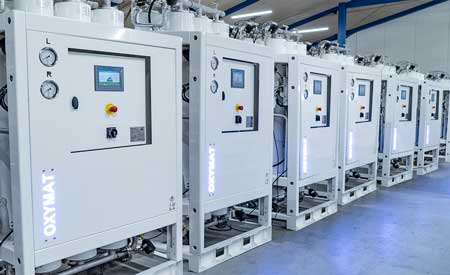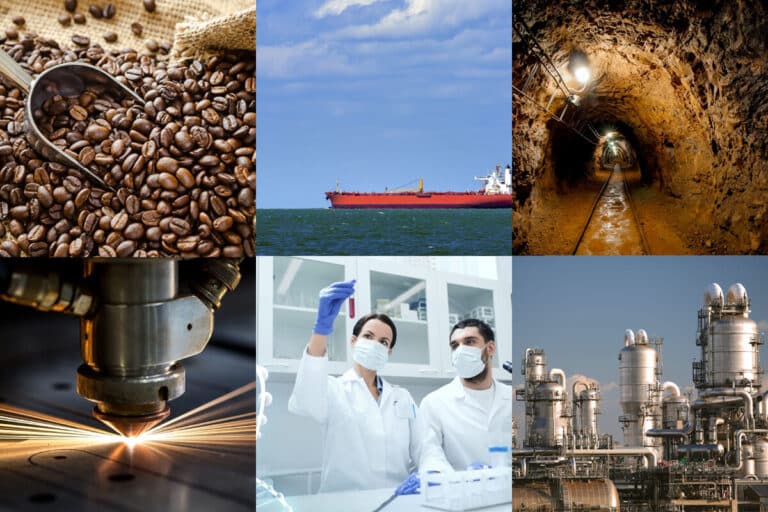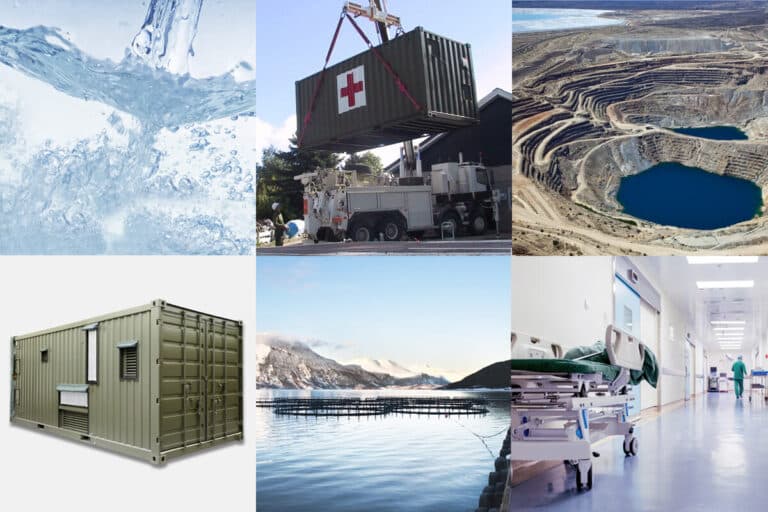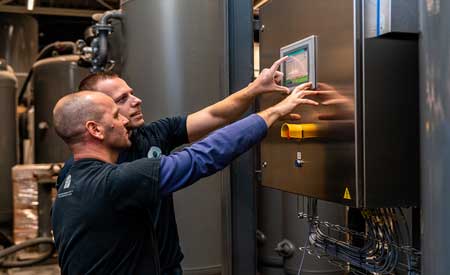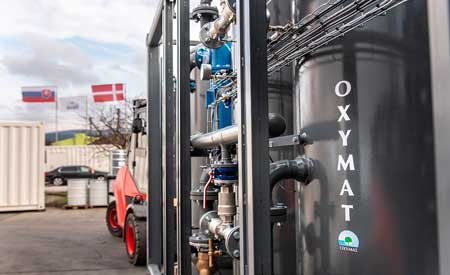Table of Contents
- Nitrogen generators and their role in extending shelf life
- Why investing in nitrogen generators makes sense for food producers
Nitrogen gas generators are integral to the food packaging industry, also known as MAP, as they provide a reliable and economical source of nitrogen gas. Most contemporary generators in use employ PSA technology, which enables the extraction of nitrogen from the air and outputs a high purity level of nitrogen, essential for food preservation.
PSA nitrogen generators operate by utilizing a pair of adsorbent beds filled with carbon molecular sieve (CMS). As compressed air passes through these beds, the CMS selectively adsorbs oxygen, carbon dioxide, and water vapor, allowing nitrogen to pass through. The cycle then swings, releasing the adsorbed gases and regenerating the CMS for the next cycle. This continuous process ensures a steady supply of high-purity nitrogen.

Nitrogen generators and their role in extending shelf life
One of the primary advantages of using nitrogen in food packaging is its ability to extend the shelf life of perishable items. Oxygen, present in the air, promotes oxidation and the growth of aerobic bacteria, which can spoil food. By replacing the oxygen in the packaging with nitrogen, these detrimental processes are significantly slowed down. This helps maintain the freshness, taste, and nutritional value of food products.
For manufacturers, extending the shelf life of food products is not only about maintaining quality but also about reducing waste. Food spoilage can lead to significant financial losses and increased waste management costs. By using PSA nitrogen generators, companies can reduce the frequency of spoilage, thus minimizing waste and improving overall operational efficiency.
In addition to extending shelf life, nitrogen packaging enhances food safety. By inhibiting the growth of aerobic bacteria and molds, nitrogen helps to ensure that food products remain safe for consumption over extended periods. This is particularly important for packaged foods that are transported over long distances and stored for extended periods before reaching consumers.
Why investing in nitrogen generators makes sense for food producers
Investing in PSA nitrogen generators offers long-term economic benefits. The initial cost of the equipment is offset by the reduction in waste and the extended shelf life of products. Additionally, generating nitrogen on-site eliminates the need for purchasing and transporting bottled nitrogen, further reducing operational costs and the associated environmental footprint.
For businesses in the food industry, investing in PSA nitrogen generators is a strategic move to enhance food preservation methods. It aligns with the increasing demand for high-quality, longer-lasting food products while addressing economic and environmental concerns.

